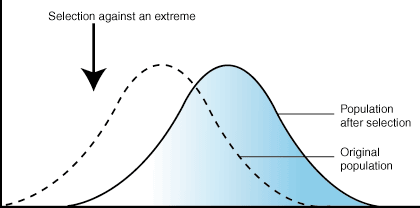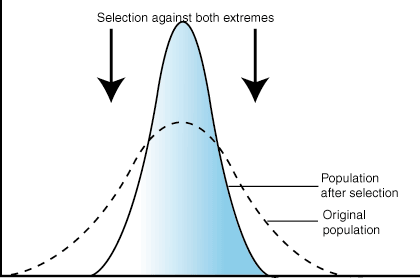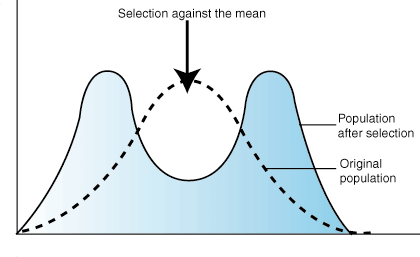9. genetic diversity and adaptation
1/88
Earn XP
Description and Tags
Name | Mastery | Learn | Test | Matching | Spaced |
|---|
No study sessions yet.
89 Terms
1. dna condenses and becomes visible as chromosomes
2. chromosomes arranged in homologous pairs
3. crossing over may occur
4. centrioles migrate to opposite poles and spindle is formed
5. nuclear envelope breaks down
1. chromosomes arrive at opposite poles
2. spindle fibres break down
3. nuclear envelope forms around 2 groups of chromosomes



adaption and selection are major factors in what process
evolution
explain how selection produces changes within a population
variation and chance mutation within a species
some individuals develop a phenotype with survival advantages like live longer etc
repeated over generations, mutated phenotype is the normal
if the genetic differences accumulate and the population is isolated then a new species may evolve
3 examples of ways phenotypes / characteristics can provide survival advantages a species. they allow species to:
live longer, breed more and be more likely to pass their genes on
why is it essential that aseptic techniques are used
ensure microbes being investigated don’t escape or become contaminated with another unwanted, pathogenic microbe
3 aseptic techniques with explanations
wash hands to remove microbes
disinfect bench to kill microbes/ prevent contamination
flame instruments to sterilise/kill microbes
4 differences between mitosis and meiosis
one division in mitosis, two in meiosis
daughter cells genetically identical in mitosis, genetically different in meiosis
two cells produces in mitosis, four in meiosis
crossing over is only in meiosis
what method is used to test for bacterial antibiotic resistance
the disc diffusion method - allows for multiple antibiotics at once
what is the MIC - minimum inhibitory concentration
the lowest concentration of a substance that will inhibit the growth of a microorganism
when prescribing antibiotics , why is the recommended dose always greater than the MIC? give 3 reasons
not all of the antibiotic may be absorbed
some of the antibiotic mat get broken down
some bacteria may have antibiotic resistance